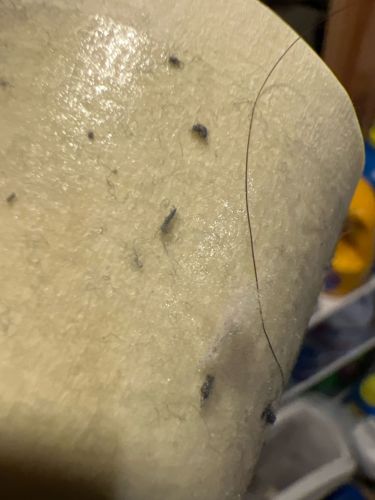Louse
Scientific Name: Phthiraptera (general order), e.g., Pediculus humanus (human head louse)
Order & Family: Order: Phthiraptera, Family: Pediculidae (for human lice)
Size: 1.5 mm to 4.5 mm (for human lice)

Natural Habitat
Obligate ectoparasites, meaning they live on the external surface of a host. Different species infest different hosts, including humans (on hair, body, or pubic regions), and various mammals and birds. They are typically found in close proximity to the host's skin amidst hair or feathers.
Diet & Feeding
Blood (hematophagous). Lice feed exclusively on the blood of their host.
Behavior Patterns
Lice are wingless and move by crawling. They lay eggs (nits) that are cemented to hair shafts or clothing fibers. Nits hatch in about 7-10 days, and nymphs mature into adults in another 7-10 days. They are highly host-specific and transfer between hosts through direct contact or shared infested items (e.g., combs, hats, bedding).
Risks & Benefits
Risks: Lice infestations (pediculosis) can cause intense itching, skin irritation, and secondary bacterial infections from scratching. Human body lice (Pediculus humanus humanus) can transmit bacterial diseases like trench fever, relapsing fever, and epidemic typhus, especially in unhygienic conditions. Head lice (Pediculus humanus capitis) are a nuisance but generally do not transmit disease. Benefits: None for humans, but they are a food source for some predators in the ecosystem.
Identified on: 10/25/2025